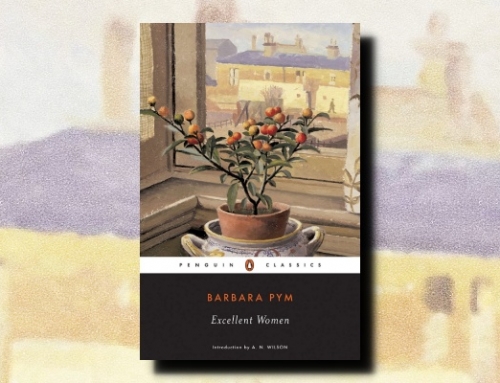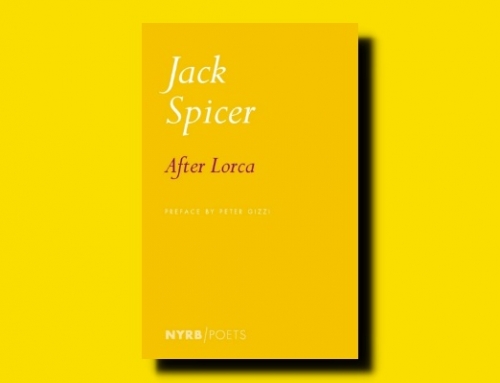Around the World in Eighty Days by Jules Verne (Le tour du monde en quatre-vingts jours, 1873) translated from the French in 1873 by George Makepeace Towle (1873) Sterling (2008) 224 pp
My wife and I are firm believers that reading to children is fundamental to their development. Plus, it is time well spent together. We have always made sure to read plenty to our two sons, and I’m proud to say their favorite place to go is the bookstore. We read flap books, touchy-feely books, picture books, classic children’s books, fairy tales, train tales, etc. But we also see no reason to avoid reading books we know they won’t follow yet, books with few to no pictures, books with long narratives. We just want to get ourselves — and them — into the habit of reading plenty together. And it’s surprising how much they tend to take in.
There are several books I never read as a child that I’ve thought I should have, and I’ve always been excited at the prospect of reading them with my own children. One of those was Jules Verne’s Around the World in Eighty Days.
Besides the chance of reading to my children and the opportunity to bask in some nostalgia, there’s another reason I wanted to read this book. Jules Verne’s books are highly influential. Many great books written in the subsequent years contain allusions or homages to his work. I felt it was important to my literary growth to go to the source to understand all of the allusions that come from subsequent books.
In Around the World in Eighty Days we have Phileas Fogg, the hero, and his assistant Passepartout. One is the reclusive yet staunchly disciplined rich man whose strict daily routine and relative frugality has helped him amass and keep a great fortune while accumulating a wealth of knowledge. His assistant is loyal to this noble type. So long as Fogg lives up to his ideal, Passapartout will serve him to the end. As long as Passapartout serves him, Fogg will grant him his respect and perhaps allow the servant to rise to the rank of friend. It’s simplistic, really, and though there are moments when the narrative suggests one of the characters may be less than what he seems, we readers never really doubt that both characters will live up to the ideal character the narrative proposes, despite the trials of circumnavigating the globe to win a bet or lose it all.
Before reading the book, I had full plans to get on here and write a review of Around the World in Eighty Days. However, when we finished it, I didn’t have anything to say. The book was fun but the things I usually look for, like strong character development or subtle narrative, just weren’t there. I couldn’t even think of any passages to quote — still can’t, you can see. I felt that the book was becoming more and more of a piece of history, something that shows us an exotic time when technology was allowing for more and more people to “discover” the world. I love that time period, by the way, and I like that sense of going into the unknown. It’s just that the book didn’t have much else to offer me. I’m not even sure in this age of television whether children will latch onto it as once was the case. I hope so, but that’s more for my own sense of nostalgia than for any sense of loyalty to the book.
So I decided that a review would be a waste of time. The book has lasted over 125 years, so what could I add? And I really didn’t want to detract.
Well, I still can’t really add anything myself, but the other day I saw how these books had inspired artist Jim Tierney. Over the last week I’ve seen several blogs feature his Jules Verne book covers, and I’m sure many of you have seen this elsewhere. But just in case! Because you don’t want to miss this!

What Tierney has created gave me all the feelings I’d hoped the books would — in an instant! Unfortunately for all of us book collectors, this really is just an exhibit of four fantastic books designed and produced for a senior project in the illustration department at the University of the Arts in Philadelphia. I have no idea what the logistics are, but if a publisher produced these I’d have a very difficult time not buying them for me and for many people I love — whatever the cost (well, not entirely true, but I’d go pretty high). My wife and I are spending a lot of time reading to our children, hoping to instill in them a desire to read — but what could do that better than having these beautifully designed books, born from the passion we are trying to instill in our children, at their fingertips?
The feelings behind this exhibit are exactly the kind of feelings that I think these books inspire, particularly in youth. The discipline, the taste of adventure and discovery, the invigorating but rather tame sense of danger, the good fun of it all — these elegant yet whimsical book covers are, I believe, perfect. They make me want to read all of these books, to just enjoy the adventure and feel like a kid discovering a dreamy version of the world. I suggest you click here to read about the project and see how the concept developed.
There is so much to these covers that you should not miss going here to see the the artist’s webpage where there are many more views of each of the four books, descriptions of the concept behind each design, and a short video displaying the interactive features. Each book has a unique dust cover that works with the hard cover, so take a look — and if you can afford to commission a whole issuance of these beauties, let me get in the buyers’ line.










As a side note, no e-reader, no matter how convenient, can compete with physical books like these.
If an enterprising publisher does not spot the obvious potential here, I’ll be shocked. Someone from the Folio Society should already have been on the phone to Mr. Tierney.
I read a fascinating article about Verne a while back in the Guardian, arguing that he’d never been properly translated into English. Apparently many of the famous translations (particularly the nineteenth century ones) are also famously inaccurate, in some cases omitting whole chapters and changing sentences at whim. He’s supposed to be one of the worst translated authors out there.
Bit of a testament to him if true, given for all that people still read him. I wish now I’d kept a link to the article.
I have to admit, I always found him a tad dull, but that’s likely just me.
My favourite Verne anecdote is that when he read HG Wells’ The First Men in the Moon he was scathing about it, proclaiming it nonsense. Where is this Cavorite that resists gravity he cried? There is no such thing. My lunar novel uses real technology, a giant cannon!
I’ve paraphrased obviously, but not by much I don’t think. The comedy is the cannon is fantasy too, it would kill the astronauts instantly.
Read Treasure Island a few years back, as well a book I never got to read as a kid, and enjoyed it immensely.
Just re-reading Cesar Aire books with big joy.
T
My feelings on Verne were similar to Trevor’s. I felt that it was almost more a dictation of what happened rather than a story. Fogg was a little too uptight to make it much of an adventure; even when they were in extreme situations he always remained calm and collected. Consequently I felt detached from the excitement.
I initially thought it had something to do with the intended audience. I was just too much of a girl to understand such a boy book. But we also read Treasure Island to the boys and I really enjoyed it.
I’m guessing translation (or hoping rather) had more to do with it than sex.
As far as Tierney’s editions getting published, I don’t know how likely that is. Even a higher end publisher like Folio cuts costs by having a standard hardback design. Something so unique and hands-on would take a lot of money. Publishers are hard-pressed as is.
We can dream, can’t we Mrs. Berrett?! Hopefully someone isn’t as concerned with profit as they are with producing something this great. Right??
Speaking as someone who just celebrated his 62nd birthday and is somewhat out of touch with literature for children ….
I remember this Verne from my long-ago childhood as a film, even though I did read the book. I suspect it is one of only a handful on “the movie is better than the book” lists. The comments concerning dreadful translation are interesting.
Thanks also for the pix and links on Tierney’s editions. I’ll offer the observation that I think works for young people should be somewhat more hardy and less decorative since we would love them to be passed on to other readers, both inside and outside the family. (I can’t wait to see what plans Sherry and you have for creating the South Orange young readers’ book group — surely some publisher will be willing to come up with books if you blog about the experience).
I would love to see Tierney take his considerable talent to a project that could be real. Say something like “five great Pulitzer winners” — and develop the same kind of elaborate production that is displayed in this model, but with books for saving and display for adults. Perhaps Penguin USA could develop that project as a U.S. version of the Bill Amberg collection they published in the UK (HINT, HINT, HINT Penguin US). I bought the Amberg collection and would love a similar US collection. And then perhaps they could move on to Canada and Australia as well — only a suggestion for Penguin, of course.
My apologies for drifting so much from the original focus of this review.
Hi:
It’s too bad you read a translation of Verne from 1873. Those old translations basically brutalized the texts, often deleted or adding whole chapters.
In France, where Verne can be read untranslated, he is considered a serious author for adults. In the US he is considered a children’s book author — nothing could be further from the truth.
Please try some of the newer translations from Oxford University Press.
Thanks Richard. I will! Even though I didn’t particularly enjoy Around the World in Eighty Days, I am still intrigued by the prospect of reading more Jules Verne. I didn’t know quite how to go about it, but it sounds like Oxford University Press it is!